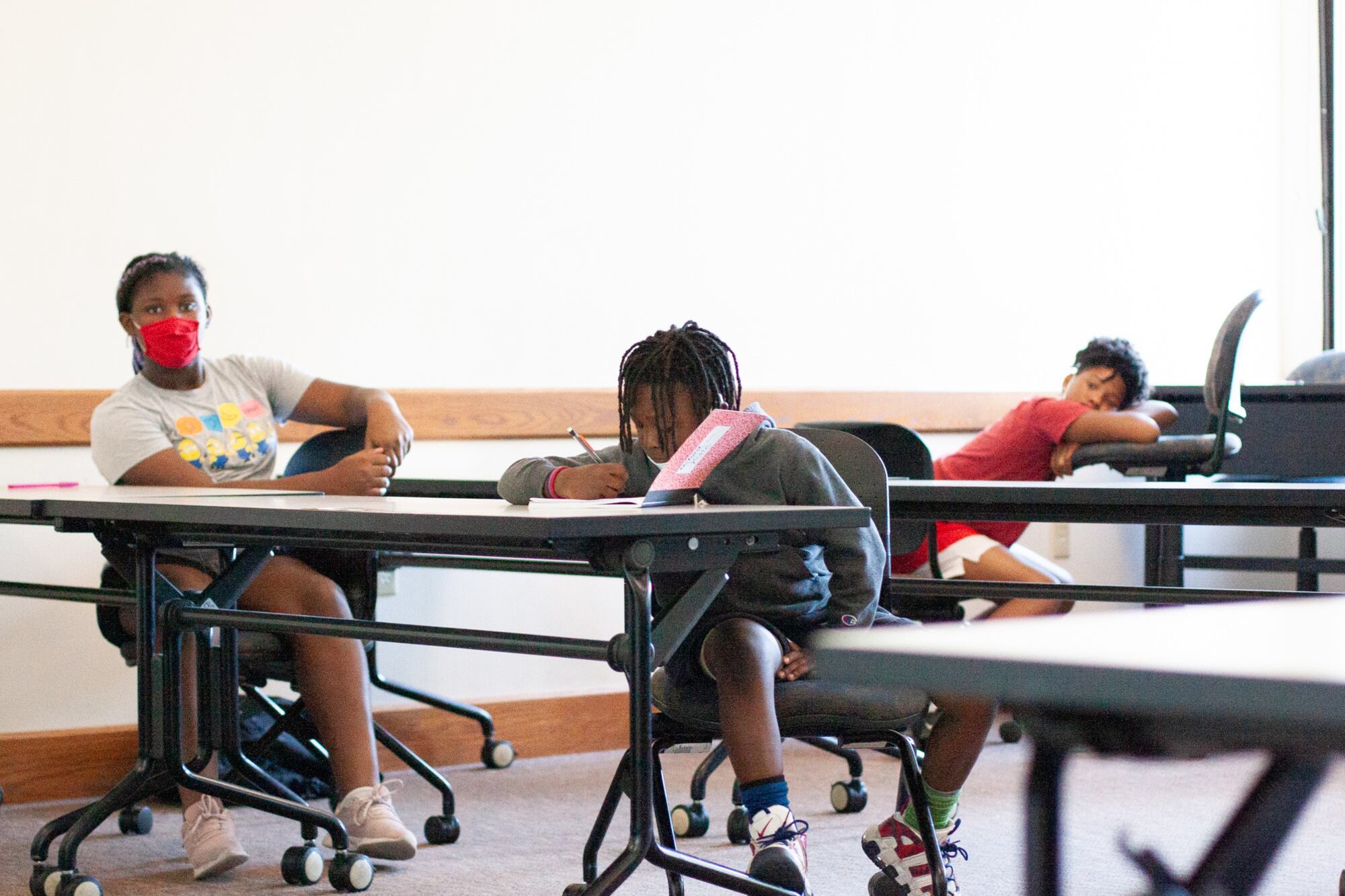Indiana school districts grappling with a possible loss of funding for quarantining students could get relief under newly proposed legislation.
The state code currently allocates students who receive primarily virtual instruction 85% of the funding given to students who attend physical classes — with no exception for those who might be learning virtually in quarantine.
The classifications are determined by how much time a student spends virtually between the beginning of the year and the Sept. 17 count day, which this year follows a surge in pediatric cases and accompanying quarantines that have kept many out of in-person classes.
But a legislative fix could extend the window for verifying a student’s primary learning mode, allowing the Department of Education to retroactively allocate 100% funding for students who attended school in-person for more than half the days through Dec. 31.
The legislature will consider that change in its next session, which opens in January, according to a Sept. 10 letter from House Speaker Todd Huston and Senate President Pro Tempore Rod Bray.
“There are details about this process that we must still work out, but we thought it important to publicly share our agreement now, given that Sept. 17 is rapidly approaching and schools may need to make policy adjustments accordingly,” the letter said. “We also understand if circumstances with the pandemic change dramatically in the months ahead, we might have to consider other solutions to this funding issue.”
The proposal would be a relief to school districts concerned about losing funding due to high numbers of students in quarantine at the beginning of this year, said Denny Costerison, executive director of the Indiana Association of School Business Officials.
“It was never the intent to have a penalty that way,” Costerison said.
The state provides the majority of funding for K-12 schools. The virtual category is funded at 15% less due to the difference in physical building costs for virtual students, such as maintenance and insurance, Costerison said.
Last year, the state allowed 100% funding for students who would be in their classroom seats if not for the pandemic.
But the legislature, expecting the pandemic to recede and widespread on-campus learning to resume, reverted to the state code rule of 85% funding for virtual students, no matter the circumstances, Costerison said.
“No one anticipated at the time the delta factor,” Costerison said. “No one anticipated talking about quarantine now.”
Costerison said he expects an additional legislative change that gives the Department of Education the power to review attendance and make adjustments for quarantines in the future.
Members of the Association of School Business Officials welcome the proposal, Costerison said, particularly those from districts whose enrollment has not rebounded as expected after COVID first closed schools.
“It’s a relief, if you were continuing to decline in enrollment, that you don’t have this problem too,” Costerison said.
Indiana State Teachers Association President Keith Gambill said the change would be a step in the right direction, allowing school districts to prioritize health and safety.
“It’s important for us that schools don’t get penalized in any way for things that are out of their control,” Gambill said.“That we don’t create a system that would hint at an incentive to not follow the science.”
It is also important for lawmakers to consider long-term proposals that could be used again should schools face another unforeseen situation like the COVID-19 pandemic, Gambill said
“I would hope we never have to use this language again ever,” Gambill said. “But having gone through this, let’s make sure we’re doing things in a way that would be good for the future.”







